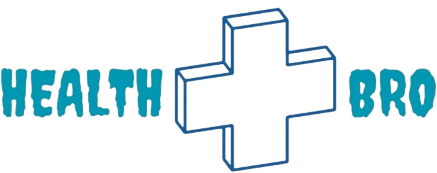Sick People Are Less Happy with Their Health Plans, But Why?
A recent Kaiser Family Foundation (KFF) survey looking into how people feel about their medical plans offers a few things that seem surprising until you step back and think about them. For example, survey data says that people who use their health plans more often because of sickness are “more likely to rate their health insurance negatively.”
A simpler way to say it is this: people are generally satisfied with their health plans when they are healthy themselves. But when they get sick and need their health plans most, they are not as impressed. That shouldn’t be surprising given human nature. More importantly though, consumers do not tend to discover negative issues with their health plans until they actually have to use said plans.
As the recent Kaiser Family Foundation survey suggests, people’s satisfaction with their health plans is often closely tied to their state of health. When individuals are healthy, they tend to be content with their health plans, possibly because they don’t delve deeply into the intricacies of their coverage. However, when illness strikes and they rely on their health plans, they may become less satisfied. Many consumers may not fully understand the specifics of their health plans, and this knowledge gap could be a reason for their overall satisfaction. This emphasizes the significance of educating individuals about their health plans and simplifying policy details, as indicated by the survey, with around 90% supporting government policies to make health plans more understandable and 80% willing to take advantage of consumer assistance programs for better education. In the end, the devil is indeed in the details, and people often realize what their health plans truly entail when they must use them.Get the details at steroids-uk.com.
Four Types of Health Plans
For all intents and purposes, there are four basic types of alternative health plans utilized here in the U.S. Some are private plans while others are public. Most Americans are, or could be, covered by one of the options. Here they are:
- Fully-Funded Insurance – Fully-funded health insurance is the standard. It comes in the form of HMOs, high deductible health plans, and other employer-sponsored group options.
- Self-Funded Plans – Growing numbers of American companies are choosing to self-fund their health plans instead of offering insurance. Self-funding saves money and offers greater flexibility.
- Public Health Plans – Eligible Americans have access to two public health plans: Medicare and Medicaid. Medicare is the plan for seniors while Medicaid covers low-income individuals without access to private insurance.
- Health Sharing Plans – A health sharing plan is sponsored by a non-profit group that manages funds contributed by all its members. The plan pays claims from those funds. Health sharing plans are not insurance.
Likewise, self-funded health plans are technically not insurance either. They are health plans funded fully by employers and their employees and managed by third-party fund managers like Las Vegas-based StarMed.
All Is Well When I Am
Regardless of the type of health plan a consumer might have, the KFF survey seems to indicate that satisfaction is higher when people are healthy. But the survey also shows that people don’t understand their health plans. Some 90% said they would support government policies mandating that providers make their health plans easier to understand. Likewise, 80% said they would take advantage of some sort of consumer assistance program that could educate them about their health plans.
That being the case, let’s connect the dots. People who are healthy and do not have an in-depth knowledge of the health plans are less likely to give those plans much thought. Could that be why they are generally happy with their plans?
Conversely, people who are unhealthy and access their plans more often are less satisfied with them. They may not understand their plans fully, but they eventually find out what the limits are. With every trip to a healthcare provider, they also have a better understanding of what they are actually paying for healthcare – between their monthly premiums, deductibles, copays, and out-of-pocket expenses.
The Devil Is in the Details
This all boils down to a very common idiom most of us are familiar with – the devil is in the details. As long as you never have to look into the details of your health plan, chances are you’ll be pretty happy with it. But if the need arises, and you need to dig more deeply than the surface, the opinion you have of your health plan is likely to change. You will find out what is really in it when you actually have to use it.

